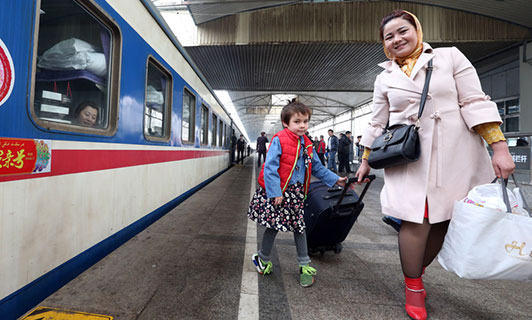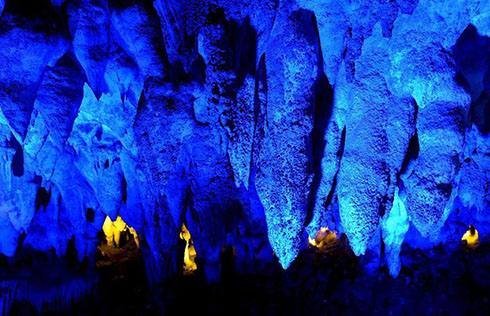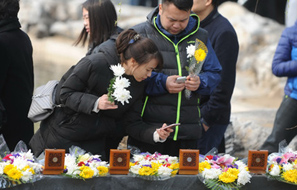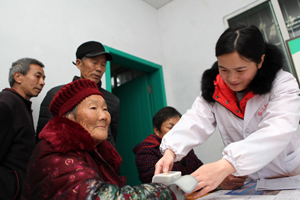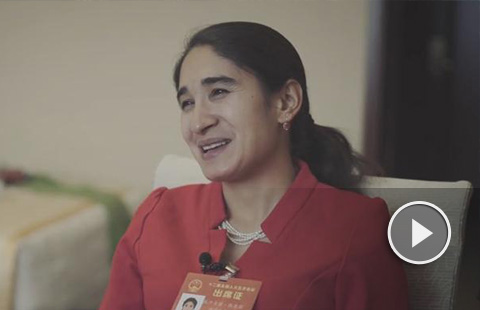When tech meets tradition: Remembering the deceased in a green way
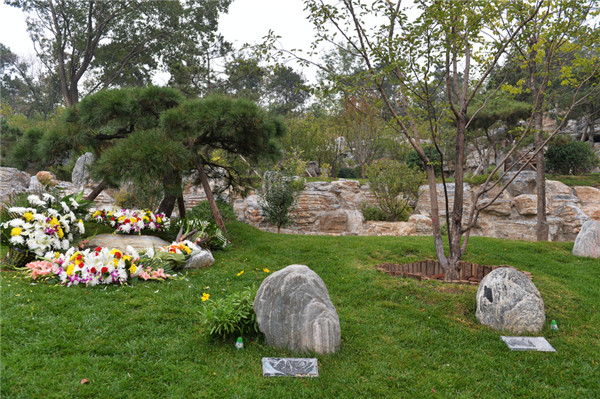 |
|
A file photo shows part of Babaoshan Revolutionary Cemetery in Beijing. [Photo/VCG] |
Babaoshan Revolutionary Cemetery plans to use GPS to help families easily find where the ashes are interred.
The park area of the cemetery consists of two parts. One, spread over 16,000 square meters, is designed as a home to ashes of 2,000 deceased. Ashes can be buried beneath trees, flower beds, grass, rocks, in water and cinerary urn that are biodegrade. Plans are under way to store ashes in some parts of the street lamps or other places on the square.
As there are no serial numbers on the tombstone and the places for ashes burial are loosely scattered in the park, GPS marked addresses are expected to be added to the tombstones. The accuracy of GPS is expected to be set within 3 meters.
Except ashes buried in the cinerary urn, graves for other ways of burial on average only take up 0.48-square–meter space, with a greening area of 3 square meters.
- Mainland investigates Taiwan resident for national security violation
- New flight links Chongqing, Cebu
- When tech meets tradition: Remembering the deceased in a green way
- First foreigner-only hot pot contest held in Southwest China's Chengdu
- Shanghai court sentences man for stealing shared bike







